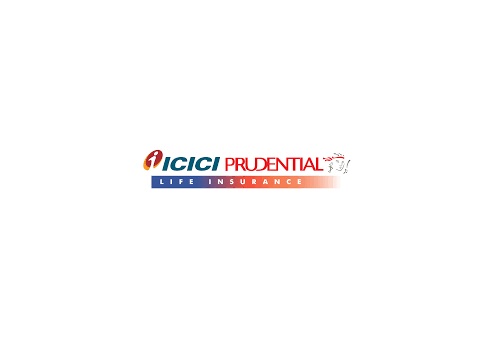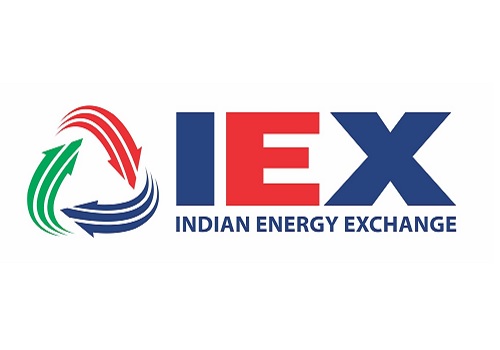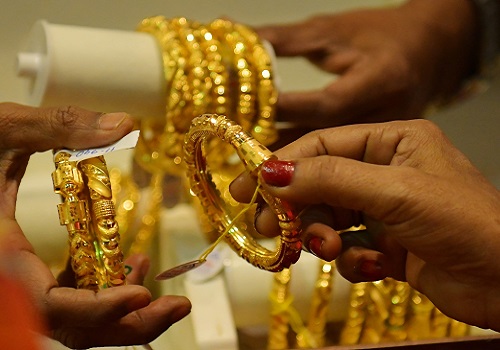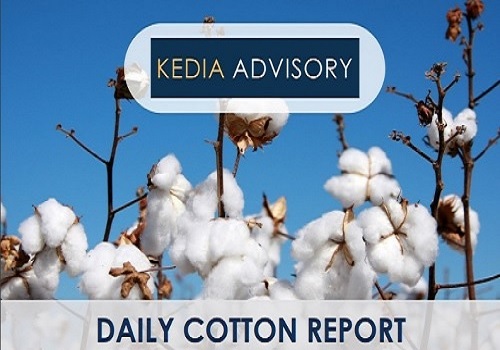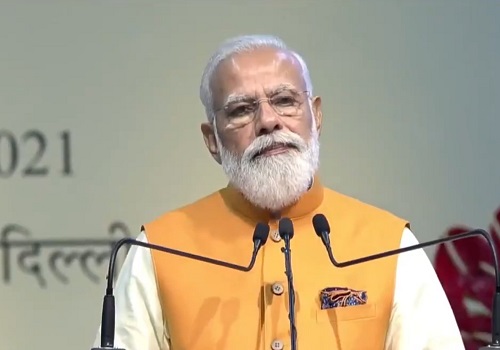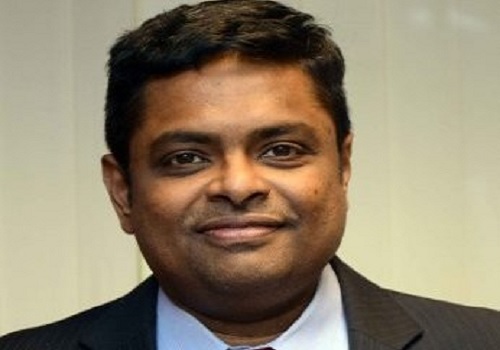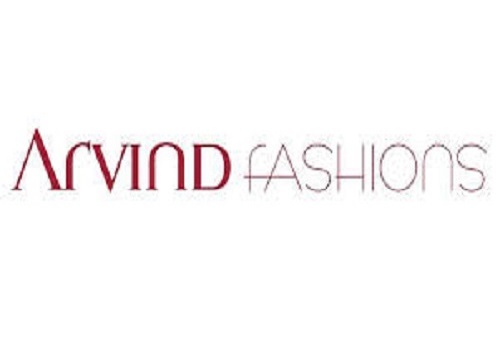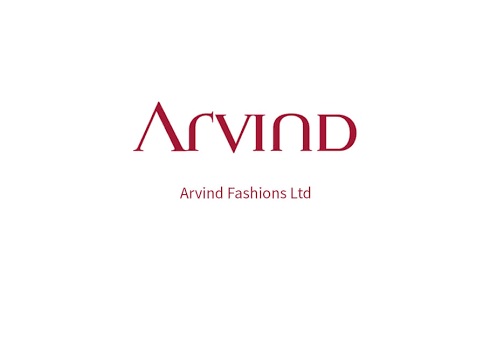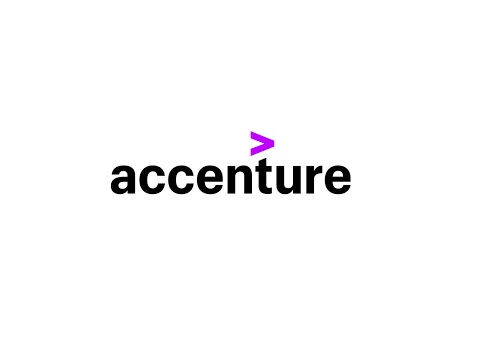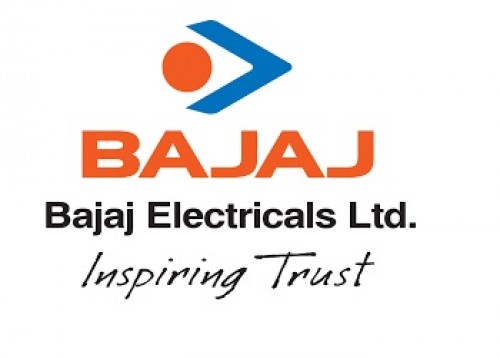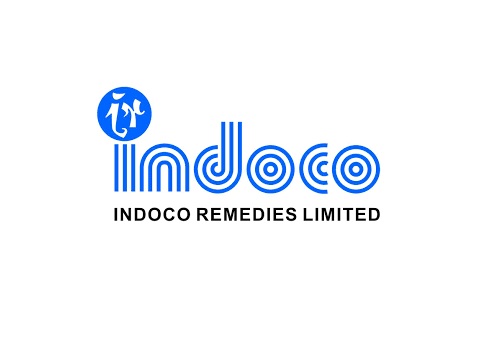Update Arvind Fashions Ltd By Motilal Oswal

Follow us Now on Telegram ! Get daily 10 - 12 important updates on Business, Finance and Investment. Join our Telegram Channel
https://t.me/InvestmentGuruIndiacom
Download Telegram App before Joining the Channel
Cleanup phase over; focus on profitable growth
Doing the right things
Arvind Fashion has seen a tumultuous phase since its listing around three years ago at ~INR460 and is now down 40%. The last two years have been particularly challenging due to COVID. This has triggered four rounds of equity raise, including the Flipkart backing, which has reduced its leverage. The business has become much leaner, in addition to the company’s decision to cast aside the long tail of loss-making brands and sell the value retail chain “Unlimited.” We see a change in the management philosophy from “chasing growth to “chasing profitable growth.” It now focuses on six key brands (contributing ~70% to revenue) – USPA, Arrow, Tommy Hilfiger, and Flying Machine among the power brands and CK and Sephora under emerging brands (~10% revenue) – with a) a revenue scale of INR30b in the pre-COVID base and the ability to do high-singledigit to low-double-digit margins (pre-Ind-AS 116).
Focus on power brands to drive disciplined growth
The segment (which contributes ~70% to revenue) has seen steady recovery with positive LTL growth in the last few months. Going forward, the focus would be on monetizing brand value through franchisee-led store expansions. The Retail segment contributes 35–40% to revenue. It aims to add 150–200 exclusive brand outlets (EBOs) each year through the Franchise Owned, Franchise Operated (FOFO) route. It plans to expand largely in power brands on the current base of 800–900 stores, implying 15–20% new store additions. Multi-brand outlets (MBOs), which contribute 10–15% to revenue, have seen muted recovery from COVID. Also, the penetration of the online channel in tier 2/3 cities and elongated working capital have posed challenges. It further plans to add 5–10 Sephora stores every year, on the base of 24 stores, spending about INR30–50m. The key focus is on a) expanding- into tier 2 towns by reducing store size from 2–3k sq.ft to 1k sq.ft, b) initiating online and marketplace models, and c) increasing the range of lower price point SKUs from 2.5k/product currently.
Can the online channel gain a bigger piece of the pie with the Flipkart backing?
The last 2–3 years have seen a big push for Arvind Fashion’s online foray, similar to most retailers. On the back of the COVID-led lockdowns, Arvind Fashion’s online share increased from low double digit digits to 30% of revenue (annualized revenue run-rate estimated at INR10b in 2QFY22). Earlier, only merchandise from the old season was sold to online market players on an outright basis. Now, even new season merchandise is well-received online. Moreover, the tie-up with Flipkart is creating new opportunities. For instance, online players are now ordering specific merchandise outright, piloting promotional campaigns in select categories at sharper pricing to drive higher volumes at limited fixed costs. This presents a huge opportunity to earn and would potentially double revenue over the next 3–4 years. This could prove a big opportunity for specific brands such as Flying Machine.
Stable-state high-single-digit EBITDA margin to fuel strong earnings
It is presently operating at mid-single-digit margins, which should trend towards the high single digits over the next 2–3 years. At a revenue scale of INR40–45b, it has the potential to achieve INR4–4.5b in EBITDA, with high-single-digit EBITDA margins on pre-Ind-AS 116 basis. Historically, power brands have achieved 12% margins; however, a) the elimination of high-margin institutional and MBO revenue in Arrow and b) 15–20% revenue in USPA coming for Innerwear and Footwear (which garner lower profits as compared to adult and core line businesses) may curtail the margin to the high single digits. Sephora has achieved breakeven, and recent initiatives should improve margins, whereas CK is estimated to be at high single digit margins (pre covid).
Leverage position and FCF generation are key priorities
The present net debt of INR4b may stabilize at INR5.5–6b with inventory stocking and others factors. The management endeavors to improve inventory from 4x to 5x over the next 2–3 years, which may be partly offset by working capital investment in 150–200 stores. Subsequently, FY23E onwards, it could potentially generate FCF.
Valuation – a blend of disciplined growth
The stock at INR276 has more than doubled in the last six months, but still trades at just 1.1x on EV/sales v/s 2–3x for most apparel retailers. This may largely be attributable to the concerns around profitable growth for Arvind Fashion. However, this is now slowly changing on account of recent measures to pare loss-making businesses as well as deleveraging initiatives that could potentially reflect in reducing the valuation arbitrage v/s peers.
To Read Complete Report & Disclaimer Click Here
For More Motilal Oswal Securities Ltd Disclaimer http://www.motilaloswal.com/MOSLdisclaimer/disclaimer.html SEBI Registration number is INH000000412
Above views are of the author and not of the website kindly read disclaimer
